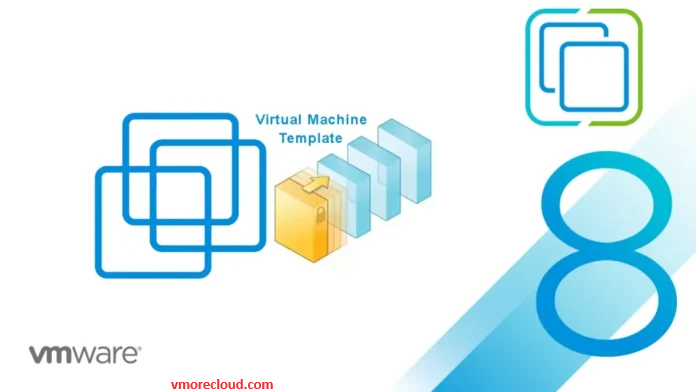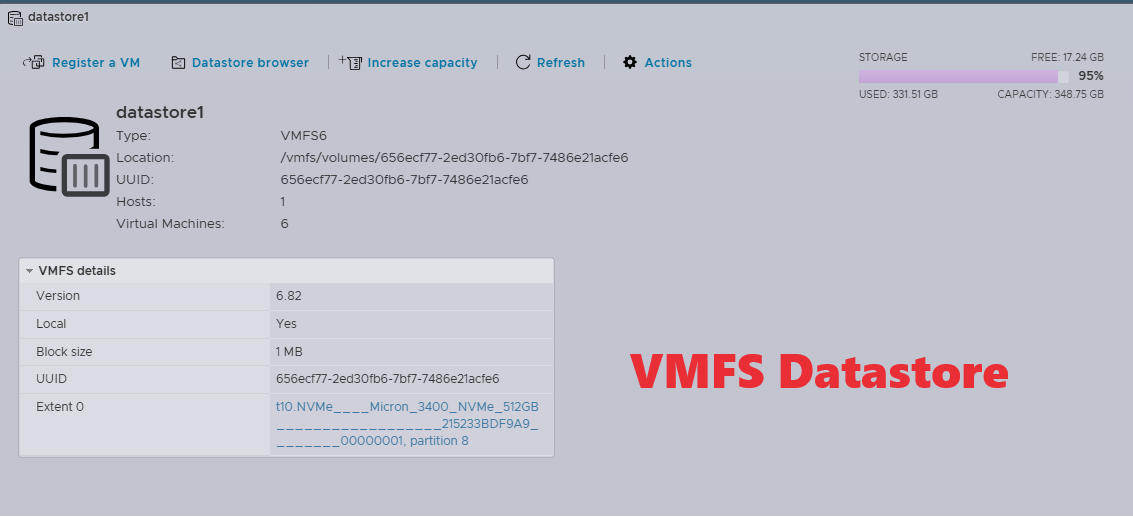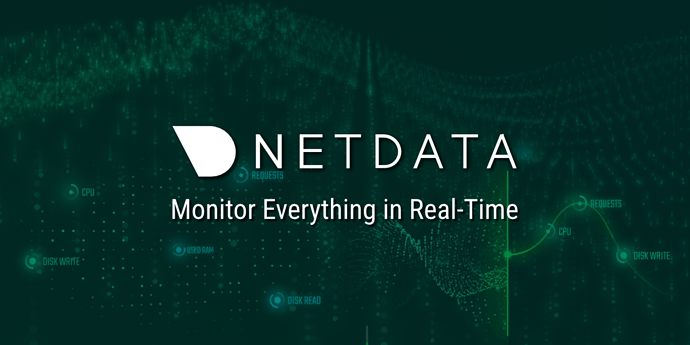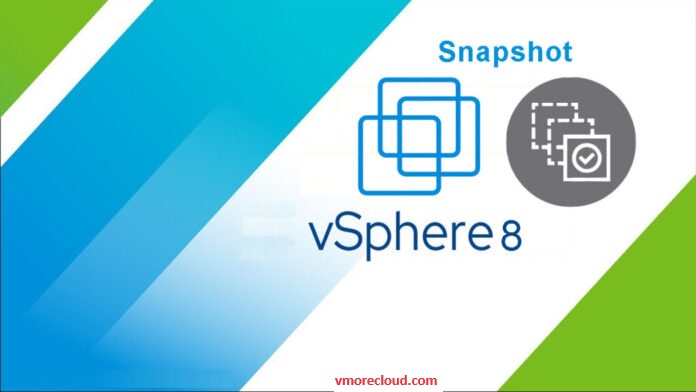Azure Stack HCI: How it Differs from Hyper-V?
Businesses are constantly searching for ways to simplify their IT infrastructure and reduce costs as they grow. One of the main challenges for many enterprises is finding a system that can provide the flexibility of the cloud and the control of on-premises infrastructure. In such situations, solutions like Azure Stack HCI can be utilized. Azure … Read more









